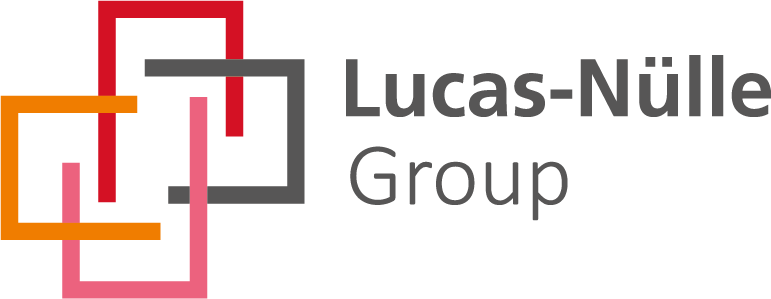Young's double slit experiment  ![]() Principle In 1801 Thomas Young conducted an experiment in which he shone light from a single light source onto two slits, thus creating two beams of light which, when recombined, displayed the interference phenomenon. The classical investigation delivered final proof of the wave nature of light.
In the first experiment the students will become familiar with the principle of Young's experiment on interference. In a second experiment they will ascertain the wavelength λ of red light. Benefits - Multifunctional light box - All-in-one: Can be used for geometric optics on the table, colour mixing and on an optical bench
- Extension with others sets at anytime, no additional light sources needed, recognition value for students
Tasks How can we use diffraction at a double slit to prove that light interferes? Direct a narrow beam of light onto a double slit and observe what happens. Determine the distance between the virtual light sources and, using this and the interference pattern, determine the wavelength λ of red light. Scope of delivery |
Light box, halogen 12V/20 W
|
09801-00
|
1
| |
Bottom with stem for light box
|
09802-20
|
1
| |
Optical profile-bench for student experiments, l = 600 mm
|
08376-00
|
1
| |
Colour filter set, additive (red, blue, green)
|
09807-00
|
1
| |
Lens on slide mount, f=+50mm
|
09820-01
|
1
| |
Slide mount for optical bench
|
09822-00
|
2
| |
Screen, white, 150x150 mm
|
09826-00
|
1
| |
Plate mount for three objects
|
09830-00
|
2
| |
Measuring magnifier
|
09831-00
|
1
| |
Diaphragm, 4 double slits
|
08523-00
|
1
| |
Slit, width adjustable up to 1 mm
|
11604-07
|
1
| |
Diaphragm holder, attachable
|
11604-09
|
1
| |
PHYWE Power supply, 230 V,DC: 0...12 V, 2 A / AC: 6 V, 12 V, 5 A
|
13506-93
|
1
| |
Measuring tape, l = 2 m
|
09936-00
|
1
|
|



